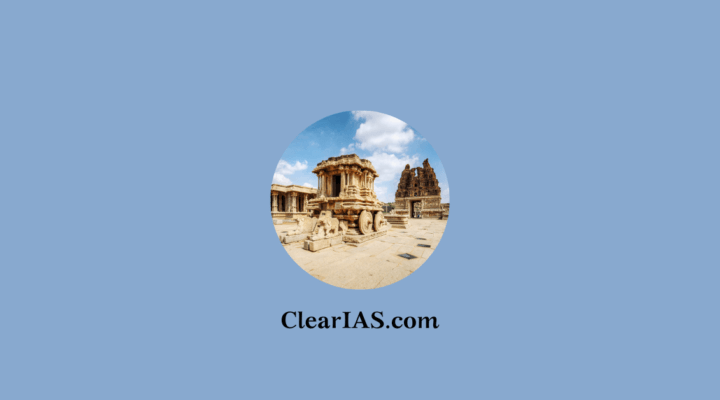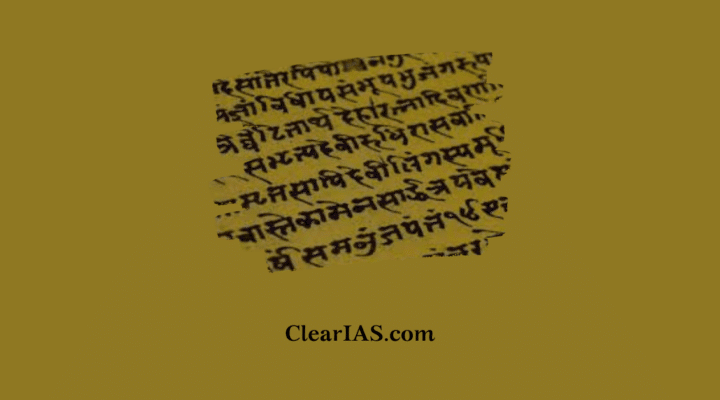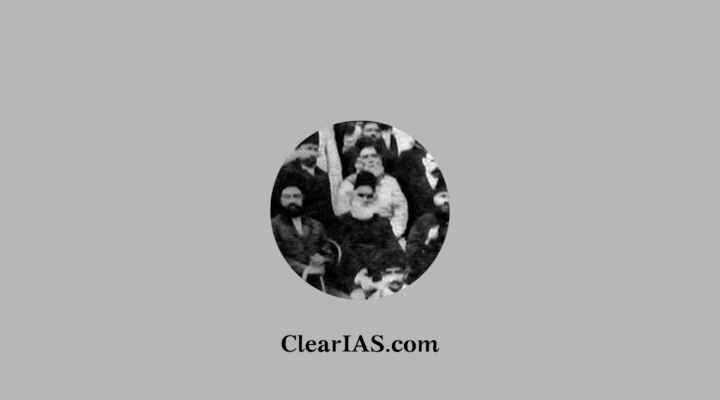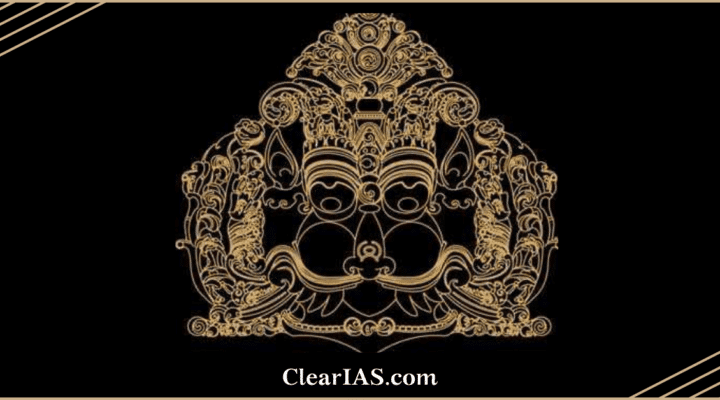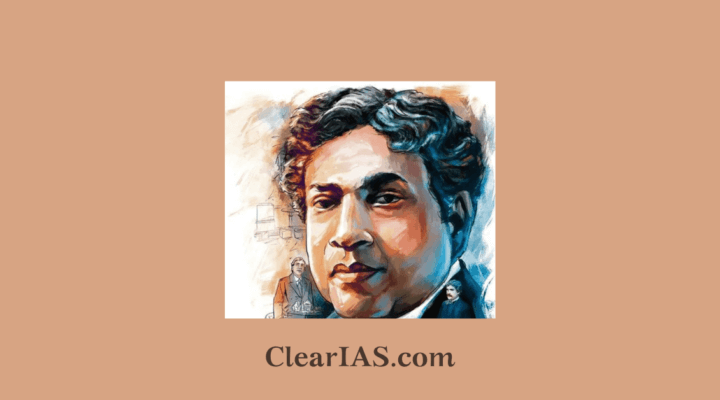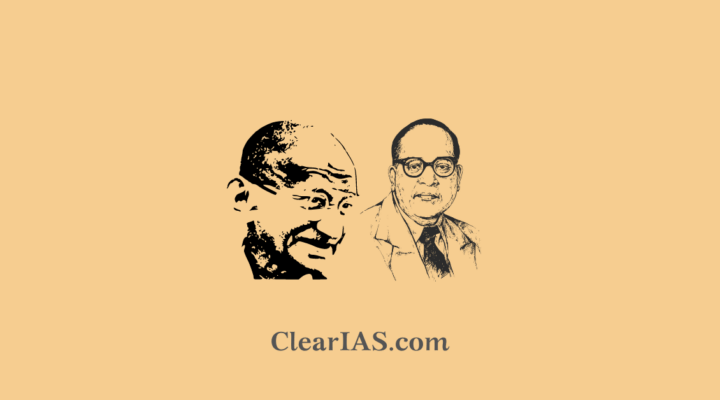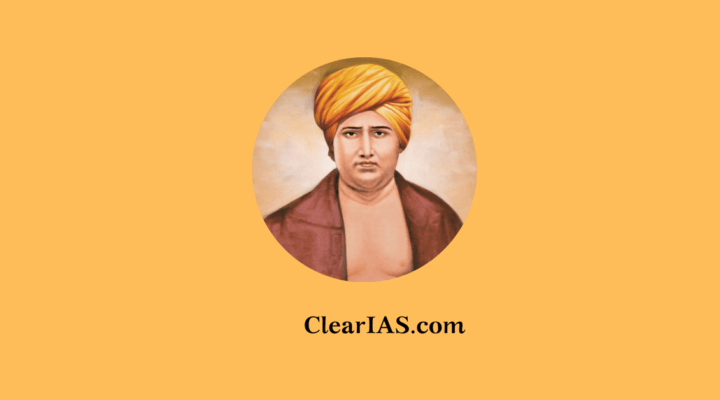How were the Art and Architecture of Vijayanagara special? What were their distinct characteristics? Read the article to know more about Vijayanagara Art and Architecture. The Vijayanagara emperors presided as Lord Virupaksha's representatives. They used the immense riches and resources they had … [Read more...] about Vijayanagara Art and Architecture
Indian History Notes
Sanskrit Literature
Sanskrit is an ancient language that comprises various forms of poetry, drama, and narrative prose. How does Vedic literature differ from classical Sanskrit literature? What are the major contributions of the Sanskrit language to ancient Indian literature? Read here to know more about Sanskrit … [Read more...] about Sanskrit Literature
Doctrine of Lapse
Who was Lord Dalhousie and what was the Doctrine of Lapse? Which states were annexed using the Doctrine Of Lapse? Read the article to learn more about the Doctrine Of Lapse. The British East India Company used the doctrine of lapse, which was regarded as an expropriation and annexation tactic, to … [Read more...] about Doctrine of Lapse
Lucknow Pact
The All India Muslim League and the Indian National Congress agreed to the Lucknow Pact in Lucknow in December 1916. What was the background for such a pact? what was its nature? What were the results of the pact? Read further to know more about the Lucknow Pact. The All India Muslim League and … [Read more...] about Lucknow Pact
Kakatiya Architecture: The Ramappa Temple and Key Features
Why Kakatiya dynasty and Kakatiya Architecture are famous nowadays? What are the key features of Kakatiya Architecture? Learn all about the Kakatiya dynasty and the famous Ramappa Temple. The Kakatiya dynasty ruled most of the eastern Deccan region between the 12th and 14th centuries. Kakatiya … [Read more...] about Kakatiya Architecture: The Ramappa Temple and Key Features
Jagadish Chandra Bose: The multi-faceted Indian Scientist
Sir Jagadish Chandra Bose is one of the most prominent first Indian scientists. He was a biologist, physicist, botanist, and writer of science fiction. He is known as the father of Radio science as well. Read here to learn more about the multi-faceted life of J.C Bose. Sir Jagadish Chandra Bose … [Read more...] about Jagadish Chandra Bose: The multi-faceted Indian Scientist
Sangam Age
Sangam age refers to the period between the 3rd century BC to the 3rd century AD in South India especially the area between the river Krishna and Tungabhadra. It bears the name ‘Sangam’ because the kingdom of Pandya organized assemblies where poets, bards, and writers joined from various parts of … [Read more...] about Sangam Age
Gandhi and Ambedkar: Ideological Differences and Similarities
What are the ideological similarities and differences between Gandhi and Ambedkar? Mohandas Karamchand Gandhi also known as the ‘Father of the Nation’, was the main architect of the Indian freedom struggle, and B.R. Ambedkar was the main architect of the Constitution of independent India. Both … [Read more...] about Gandhi and Ambedkar: Ideological Differences and Similarities
Dayanand Saraswati
Dayanand Saraswati spent 15 years traveling as a hermit in quest of the truth. Later, he started following Mathura's blind sage Virajanand Dandeesha. Have you read about the life of Dayanand Saraswati in detail? What were his religious ideologies? Read further to know more. More than just a … [Read more...] about Dayanand Saraswati
GoI Act 1935: Features and Limitations
GoI (Government of India) Act 1935 was the result of the Third Round Table Conference (RTC), held in November 1932. The third RTC was held again without the participation of Congress. The British parliament enacted the GoI Act in 1935, and it went into effect in 1937. It was based on a report … [Read more...] about GoI Act 1935: Features and Limitations
